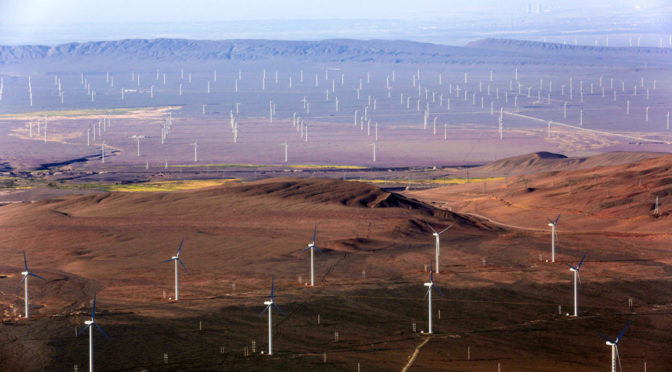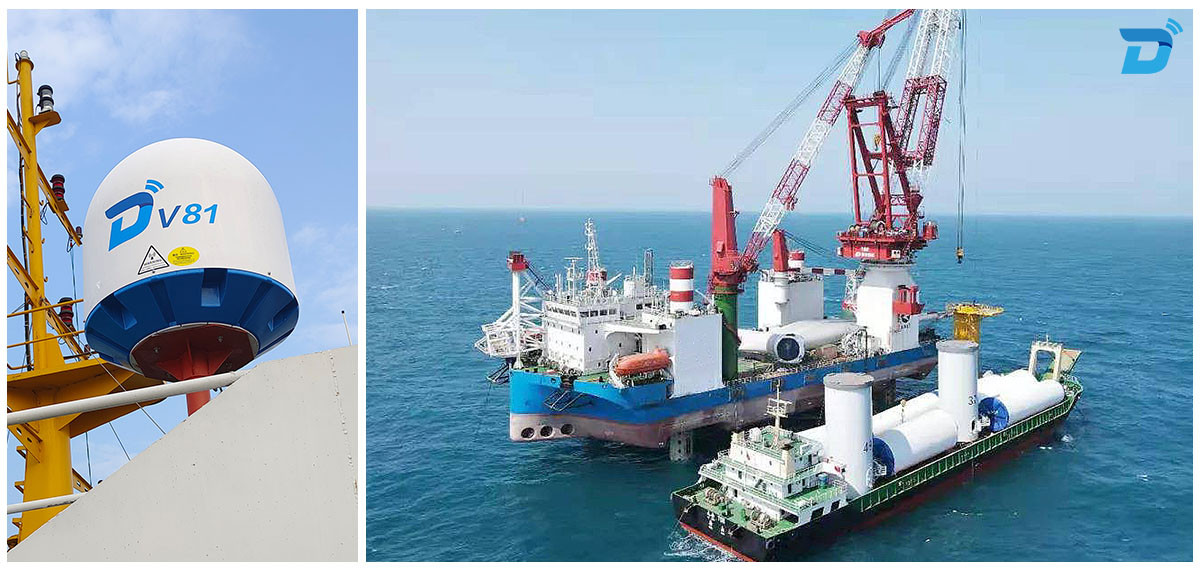Global wind power installations reached a new high in 2023, increasing renewable energy’s share of total power generation to 30%. China continues to be the driving force behind wind power expansion, accounting for nearly 66% of global capacity additions last year. Major wind farms in regions like Inner Mongolia and Xinjiang rank among the largest in the world. By 2030, China aims to triple its number of utility-scale wind and solar farms, backed by significant government investments across a broad range of renewable energy initiatives.
China leads the top 15 countries by total installed wind turbine capacity with 442GW and the growth rate of new capacity is running at 19.1% per year, based on data from the Energy Institute’s Statistical Review of World Energy 2024 report.
The US is in second place with 148GW, with a much more modest growth rate of 9.4%. Germany leads Europe with 68GW and a 7.6% growth rate. And India is in fourth place with 45GW and a growth rate of 9.3%.
In 2023, clean power made up 35% of China's electricity mix, with hydro the largest single source of clean power at 13%. Wind and solar hit a new record share of 16%, above the global average (13%). China generated 37% of global wind and solar electricity in 2023, enough to power Japan.
Renewables make up 24% of US energy generation but that is expected to rise to 26% by the end of this year, according to International Energy Agency (IEA): natural gas accounts for 31.8%; petroleum (crude oil and natural gas plant liquids) for 28%; and coal for 17.8%.
Germany has one of the highest shares of renewables in its energy mix of any major economy: 57.1% in 2023, compared to 50.2% in 2022.
While India remains heavily dependent on coal to meet its economy’s insatiable appetite for energy to fuel its fast economic growth, renewable sources accounted for 19.5% of India's electricity generation in 2023, up from 15.2% in 2010.
India is anticipated to meet its targets of a 50% non-fossil fuel energy share and a renewable energy capacity of 500GW before 2030.
Global Wind Power Growth
While China and India remain amongst the biggest emitters of greenhouse gases (GHGs), they both have ample reserves in their carbon budget – the amount of permissible emissions under the terms of the 2015 Paris Agreement – as they transition to a green economy. The West, however, has long since used up its carbon budget allocation and is now in carbon debt. China remains the global green energy champion and has already reportedly passed peak emissions, whereas thanks to the growing use of fossil fuels amongst the Western economies, emissions have reached an all-time high and are continuing to climb.
Wind Power in the US
The U.S. has more than doubled its wind capacity in the past decade, with Texas, Iowa, and Oklahoma leading the charge. Notably, six U.S. states now generate over a third of their electricity from wind. Since 2019, wind has become the country’s largest source of renewable energy, with its biggest wind farm covering 100,000 acres.
Wind Power in Europe
Globally, wind energy continues to see strong growth, particularly in Europe, where countries like Germany, Spain, the UK, France, and Sweden are leading producers.
The Future of Wind Power
The growth of wind power is expected to continue in the coming years, as countries around the world look to transition to cleaner energy sources. The International Energy Agency (IEA) predicts that global wind power capacity will more than double by 2030.
Wind power is a crucial part of the global effort to combat climate change. As the cost of wind technology continues to fall, it is becoming increasingly competitive with traditional fossil fuels. With continued government support and investment, wind power is poised to play an even bigger role in the global energy mix in the years to come.



















